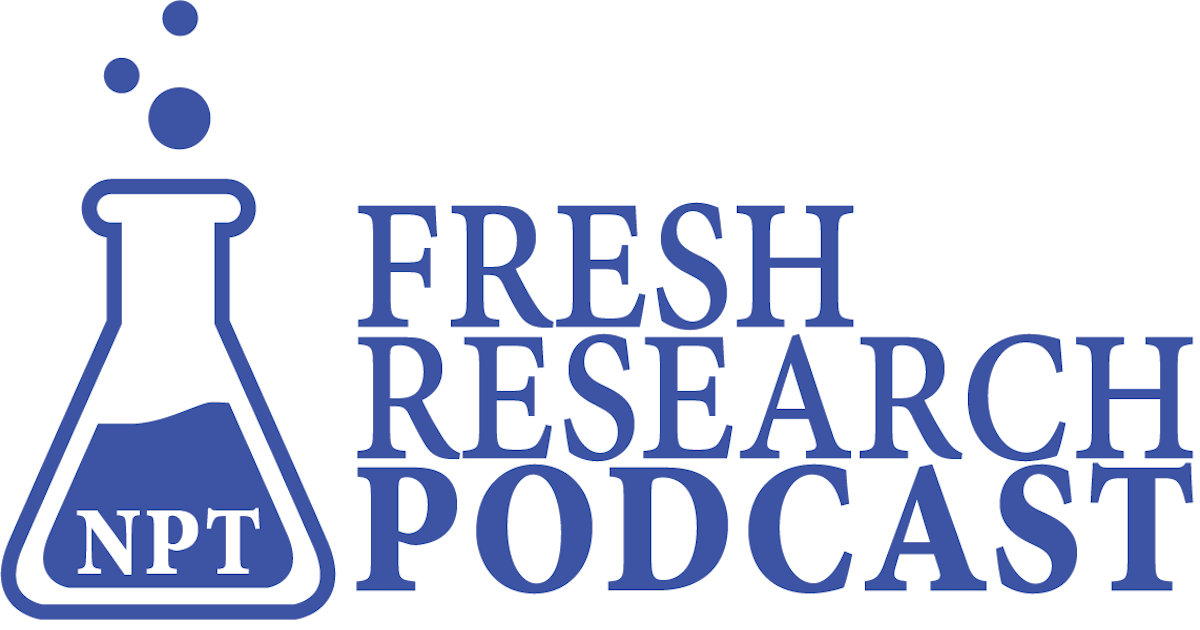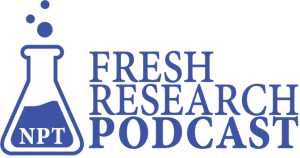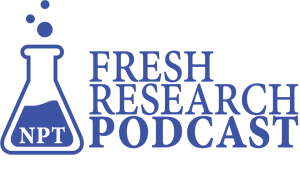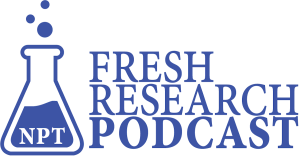Endowments are a common form of giving to higher education, arts , and medical research organizations.
William Foster, managing partner, and Darren Isom, partner, of The Bridgespan Group, analyzed the investment income of 56 nonprofits dedicated to social change. Between 2000 and 2013, only 5% of philanthropic gifts of $10 million or more were deployed to endow social change organizations. On average, the endowments of organizations led by people of color were almost four times smaller than those of white-led organizations, and their average percentage of revenue was less than half.
Rarely are endowments deployed for funding social change but they are common institutional nonprofits: 70% of organizations in higher education; 33% among hospitals, and 23% in the arts.
Based on their analysis, Foster and Isom authored a piece in Stanford Social Innovation Review (SSIR) titled “Endow Black-Led Nonprofits.”
In this episode, Isom and Foster tackle what they say are the three objections that funders and donors often cite about endowing social change nonprofits:
- Most nonprofits, especially those led by people of color, lack the capacity to absorb a large gift.
- Nonprofits should work themselves out of business.
- I can manage the money better than a nonprofit.

“It’s a stodgy tool for a radical purpose,” Foster said of endowments. “It’s about giving money that you have to an organization that can deploy it in perpetuity. And it’s how all the greatest institutions that had a huge effect on our civil society was built,” he said.
“An endowment is not just a gift of transfer of money, it’s a transfer of power,” Isom said. “That makes endowments the ultimate form of trust-based philanthropy. The question becomes how do you disrupt the narrative in which you share who you think should be given that power.”
The pair put into context the disparity of endowment sizes of Historically Black Colleges and Universities (HBCU). The 10 most richly endowed universities have almost 95 times larger than the total wealth of all 107 HBCUs combined.

“As we think about the myth of absorptive capacity to some degree, I think there’s something to be said, that for black-led organizations, particularly those with a proven record of progress, giving them too much isn’t the problem, the real pitfall is when you give them too little,” Isom said. “We engage in this world of philanthropic sharecropping where organizations are given just enough to make it into the year and ask for more the following year. There’s something to be said about how you change the dynamic there.”







